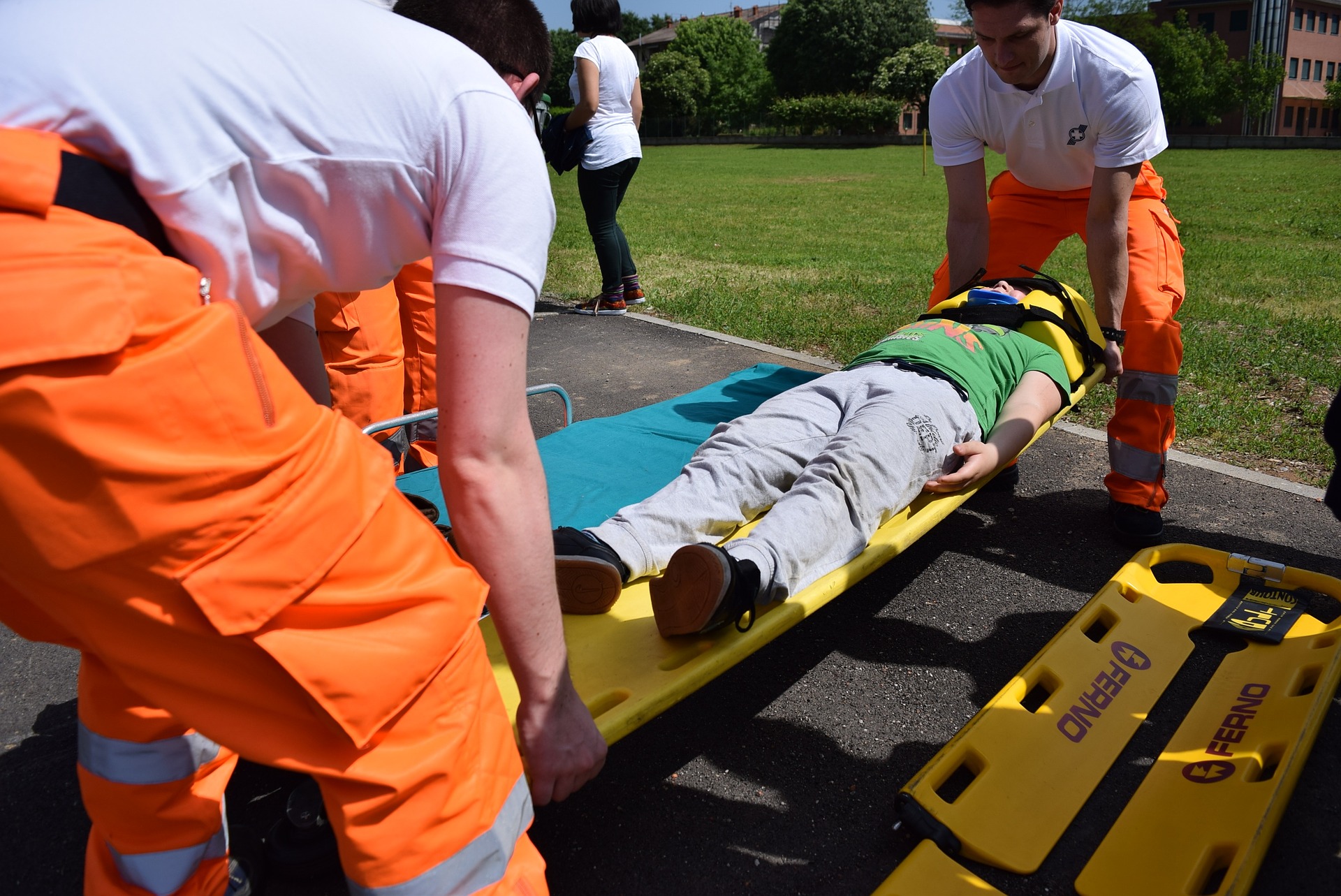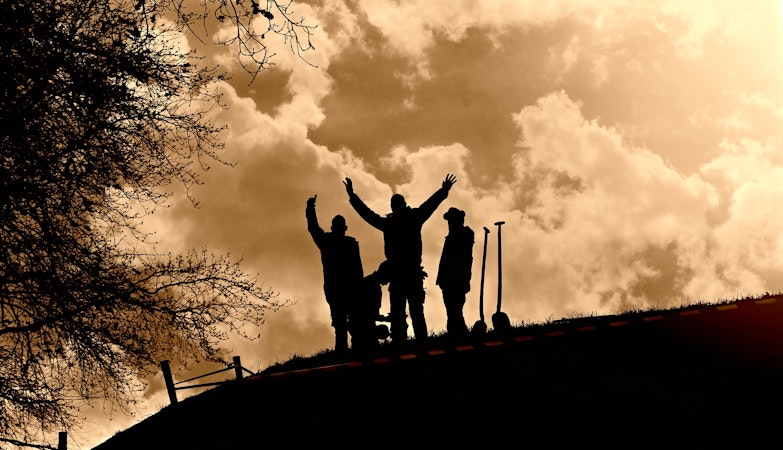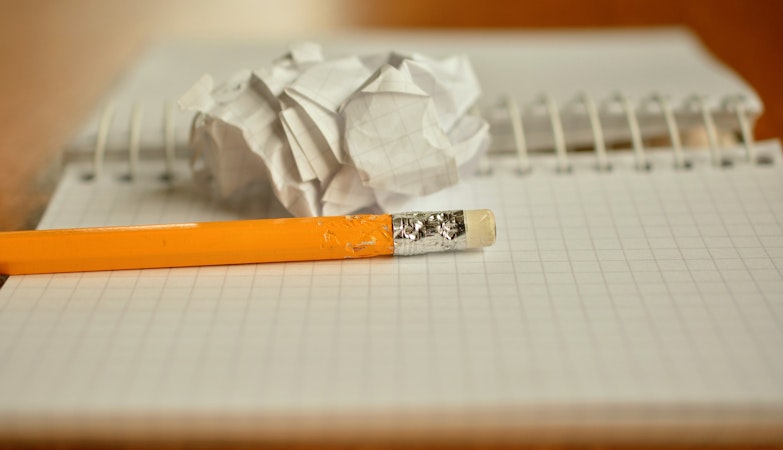On this page we will focus on first aid skills, advanced survival medical techniques and emergency alternative medical actions. We will post articles in text and also post downloadable PDF files of many Live Free USA medical articles. Material will be drawn from articles published in our American Survivor newsletter, articles that are too technical or too large for out newsletter and materials from our many first aid and Survival Medic courses. We also would welcome articles and posts from our readers. Contributed articles may also be published in our American Survivor newsletter. We also offer the full training material for doing the Survival Medics course to qualified instructors at a nominal cost.
Here are some handy Improvised Medical Formulas from past issues of our newsletter:
Pain Relief
The combination of 2 Tylenol and 3 Alive tablets taken together is safe and will give pain relief comparable to codeine.
Dakin’s Solution
Dakin’s solution can be used to soak dressings for shallow wounds and flush deep wounds while healing. It was used to reduce gangrene during World War One and Two before penicillin was available.
- Boil 4-cups of clean water for 15-munutes.
- Add ½ tsp of baking soda and let cool.
- Add 3 oz of bleach
- Store in sealed container protected from light
Saline (salt) Solution
Saline solution can be used to flush wounds and maintain bandage moisture.
Make a 100% saline solution by adding salt slowly to warm water and mixing. When the salt starts to settle to the bottom instead of mixing it is 100% saturated. Pour off the solution without the settled crystals. You can now mix this with sterile water to make 50%, 20% or any other % saline solution. “Normal” saline is 0.9%
Rehydration Solution
Dehydration is one of the primary causes of death secondary to shock, heat stroke, radiation sickness, and many communicable diseases. If ambulance and ER treatment is not immediately available and the patient is fully conscious oral hydration can be sustained using the following solution.
6 tsp. of sugar, 1/2 tsp. of salt to 1 liter of water. Provide small 4 oz drinks every hour.
Caution: giving water or other liquids to a unconscious, semi-conscious or seriously injured patient may cause them to vomit and aspirate causing pneumonia. Generally these patients can be rehydrated by intravenous methods at the ER
- Water Purification: 8-16 drops per gallon
- Decontamination (spray, wash) Solution: 10% bleach / water solution
- Super Glue can be used to close shallow wounds. Not deep wounds.
- Saran Wrap: can be used to bandage large wounds and hold dressings and splints in place
This article describes our main medical training course and can be a guide for others:
Medical Training for Survival Emergencies
By James C. Jones, EMT/CHCM
Over the years I have been involved in many “first aid” training courses. These courses focused on providing very basic care until professional medical help could be accesses. As an EMT my training assumes that I have advanced medical support and prompt access to an ER or Trauma Center. Even wilderness oriented first aid courses assume that advanced medical care will be available within 24-hours or less. While first-aid training is a good first step in medical emergency preparedness it may be inadequate for true survival situations. If you truly anticipate a large-scale, long-term disaster where the EMS system and hospital access will be impaired or completely dysfunctional for long-periods of time then you must take your medical capabilities to a higher level.
The survival medic must be able to handle normal medical emergencies under normal conditions and understand the practical and legal limitations while operating under the “good Samaritan” protocols. But the survival medic must also have more advanced capabilities that are not permissible under normal conditions. These are skills and techniques are only to be used when there is no reasonable expectation of access to professional medical help or facilities medical help. Such conditions can arise deep in the wilderness or when there is a breakdown of all medical support systems.
First Aid courses are a good start but do not go far enough, EMT and Paramedic courses are expensive and not always available to the public. Neither one covers the alternative and improvised techniques that may be needed in a true survival situation. Live Free recognized this issue as early as the mid-1970s and initiated a specialized team to study and train for survival medicine. While this team had periods of inactivity it has recently been reenergized and has developed a survival specific medical training course
The first part of the course covers trauma related issues and the second part focuses on medical emergencies and illnesses. All basic first-aid skills are taught, but then advances and alternative methods are added to each lesson. Extensive PowerPoint lectures and quizzes are followed by hands-on practice in all skills. Students are provided with some basic medical instruments, handouts and training aids. The following is an outline of subjects covered.
Basic Skills
- Patient evaluation (signs and symptoms)
- Patient evaluation and head-to-toe survey
- Vital signs (B/P, Temp. Pulse, Resp. etc.)
Trauma
- How to stop severe bleeding (direct pressure, tourniquets, etc.)
- Bandaging and splinting
- Care for head and eye injuries
- Care for abdominal injuries (eviscerations, etc.)
- Care for thoracic injuries (sucking chest wounds, etc.)
- Care for Impalements and amputations
- Spinal immobilization
- Bullet wounds
- Patient handling
Medical Emergencies
- Care for heart attacks (Recognition, CPR, and AED)
- Care for hypothermia, hyperthermia and frostbite
- Care for strokes
- Care for diabetic emergencies
- Care for respiratory illnesses (COPD)
Advanced life saving skills
These are definitely not for use in anything but the gravest extreme emergency. They constitute practicing medicine without a license or even assault.
- Tracheostomy
- Chest decompression (for tension pneumothorax)
- Injectable medications
- Intravenous (IV) setup and use
- Orthopedics (resetting dislocations etc.)
- Wound debridement
- Suturing
- Use of veterinary antibiotics and medications.
NOTE: Oxygen therapy and airway intubation are not included only because it is unlikely that the medic will have the necessary equipment. If the class has access to these items it most definitely should be added to the training.
Alternative Methods
Alternative medical care methods are also included. For example: the use of natural honey for treating third degree burns is taught, but only if absolutely no other alternative is available. Alternative methods for hydration, anesthesia, antibiotics and therapies are provided as well. The students are encouraged to share knowledge about alternatives and bring show-and-tell items to the classes.
Skills to be Added
Other skills that may be added in the future would be needle decompression of a tension pneumothorax, cricoid stick for an occluded airway and obstructs.
At course completion students are invited to form medical study and support teams to continue their education. These teams meet regularly to practice additional skills. All students are also invited to sit in and be assistant instructors at future classes. Most teams will conduct simulated disaster drills where their triage, patient evaluation and other skills are tested. A full injury simulation kit is used to make realistic injuries and volunteer patients are prompted to act out symptoms of various injuries and conditions.
The above logo was adopted by the Live Free USA medical support group in the late 1970s
Conclusions and Recommendations
Medical skills and equipment may be more essential than self-defense, food, water or other survival capabilities in future emergencies. Such skills can save the lives of family members as well as be a service to your community. The medical skills required to respond to a true survival situation go well beyond basic first aid and differ from basic EMS requirements. While much information is available on the internet this will be of little value unless it is supported by actual training and practice. The subject outline above may be of use as a guide to develop a course of your own or provide a list of goals for own your training.
All prepper groups and Live Free chapters are encouraged to have at least one designated “medic” who will acquire advanced skills and then teach the group members. All family, group and chapter members should have at least basic first aid skills through Red Cross or other available courses.
Live Free USA is willing to share our syllabus, PowerPoint programs and training aids to qualified trainers. For further information contact survivorjj@aol.com.







Normal saline is 0.9% Please do no harm. Thanks